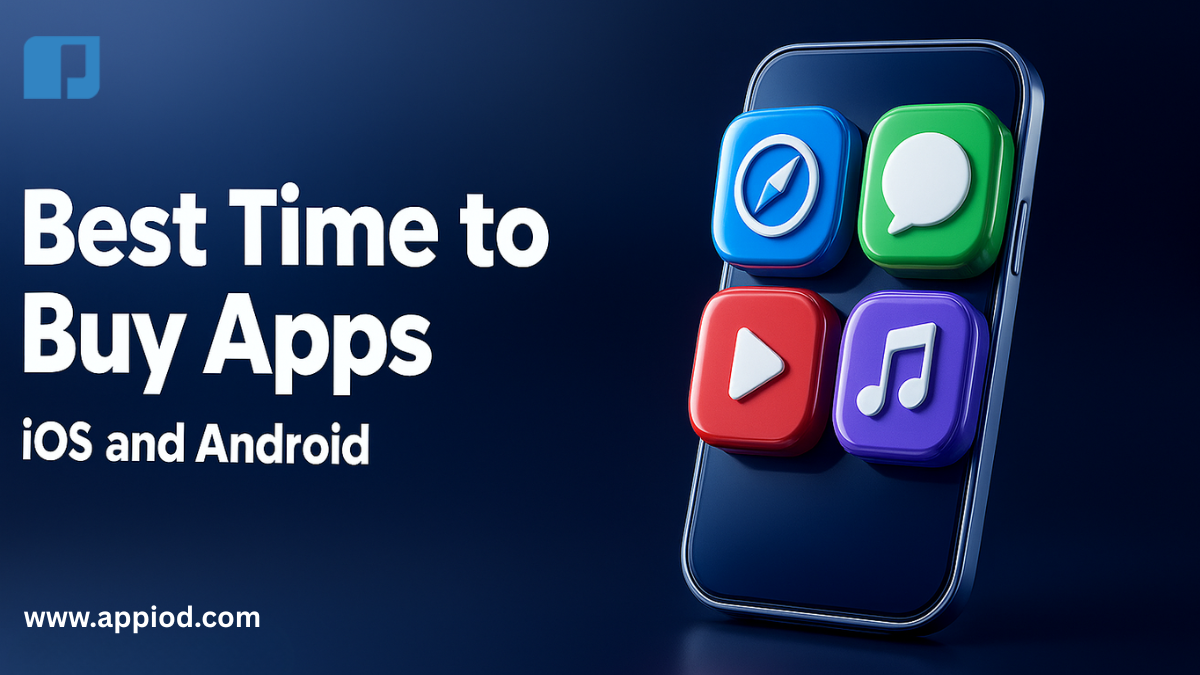Spending $5-$20 on premium apps adds up quickly, especially if you’re building a productivity toolkit or game collection. Smart shoppers know that timing matters. Understanding when do apps go on sale can save you hundreds of dollars annually while getting the exact same premium features
After tracking app pricing patterns across both platforms for over 20 years, I’ve identified predictable sale cycles that savvy users exploit. Let’s break down when developers slash prices and how you can capitalize on these opportunities
Major Holiday Sale Periods
App developers follow retail calendars religiously. Black Friday through Cyber Monday represents the biggest discount period, with premium apps dropping 50-80% off regular prices. During these sales, productivity apps like Notability and GoodNotes often reach their lowest prices
Major holidays like Christmas, New Year, and Valentine’s Day also trigger significant sales events across both app stores. This is an excellent time to purchase apps featured in our Notion vs ClickUp comparison or explore Canva alternatives
Platform-Specific Anniversary Sales
Apple’s App Store anniversary in July and Google Play’s March anniversary consistently feature developer-wide promotions. Developers participate hoping for featured placement, creating perfect conditions for bargain hunters. Set reminders for these dates annually
Many Android exclusive apps see their deepest discounts during Google Play’s birthday celebrations, while iOS widgets and customization tools drop prices during Apple’s summer events
Track App Prices with Dedicated Tools
Use price tracking apps like AppShopper for iOS or AppSales for Android. These tools monitor your wishlist and send notifications when prices drop. Many users save 60-70% annually by waiting for alerts rather than impulse buying
For game enthusiasts, tracking when apps go on sale is crucial. Our guides on offline iPhone games and Android games under 100MB feature titles that regularly discount during seasonal sales
Developer Bundle Deals
Developers often bundle multiple apps at steep discounts. Companies like The Omni Group, Readdle, and indie game publishers regularly offer bundle pricing that makes premium app suites affordable
Check our couch co-op games guide during holiday bundles—family game packs often provide 5-10 games at 70% off combined retail prices
Free-to-Paid Transitions
Some developers launch apps free to build user bases, then transition to paid models. Early adopters often get grandfathered into premium features. Following tech blogs and app review sites helps you catch these rare opportunities
The Smart Buyer Strategy for When Apps Go on Sale
Understanding when do apps go on sale transforms how you build your app collection. Never pay full price for apps with consistent sale patterns. Add desired apps to wishlists, set price alerts, and exercise patience
The difference between reactive and strategic app purchasing is substantial. A $200 annual app budget becomes $500 worth of premium software when you buy exclusively during sales. Major discount periods happen predictably—mark your calendar and wait
For apps you need immediately, check if they offer trial periods. Many productivity tools, including those in our web application reviews, provide 7-14 day trials, letting you evaluate before committing
If you’re a developer wondering about pricing strategies, our App Store Optimization checklist explains how strategic discounting impacts download volumes and rankings
Pro Timing Tips:
- January: Productivity and fitness apps discount heavily
- March: Google Play anniversary brings Android app sales
- July: Apple App Store birthday features iOS discounts
- November: Black Friday represents the year’s biggest savings
Related Resources:
- Transfer Apps to New Phone – Preserve purchased apps during upgrades
- Android Games That Pay Real Money – Free alternatives to paid games
- How to Report Fake Apps – Avoid scam apps disguised as deals

